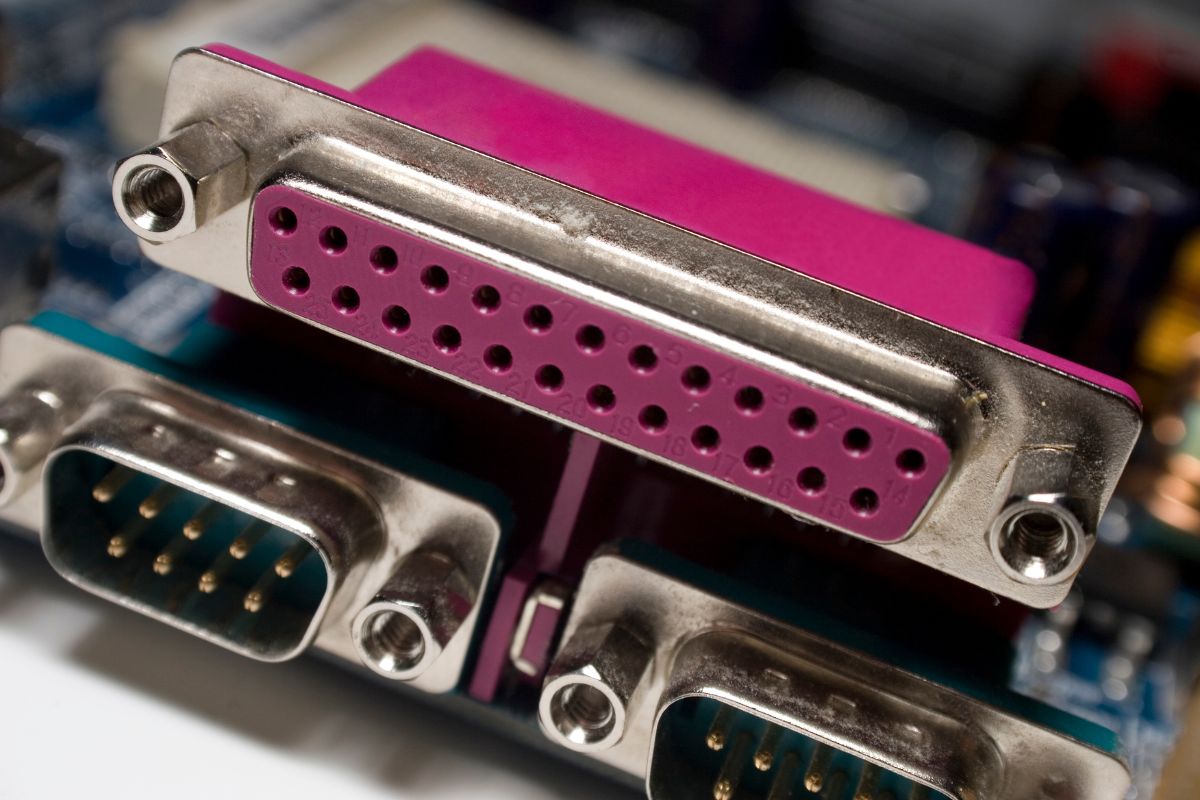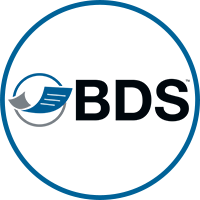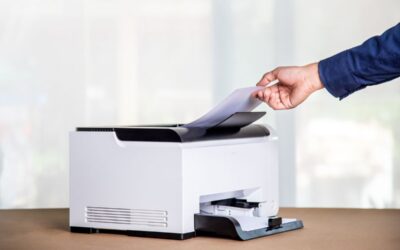Modern offices rely heavily on connectivity to perform essential functions. From basic home setup to managing busy enterprise-level networks, a streamlined transfer of data from your computer to printer is critical. To achieve this, IT professionals, office managers, and tech-savvy users utilize what we call a printer port. Today, we will explore the necessary function of this interface in creating more streamlined print workflows.
Defining a Printer Port
A printer port is the communication link between your computer and printer. This essential piece is typically a hardware or software interface serving as a designated channel for your print jobs. Without this communication, printing in various modern digital offices would become impossible. This communication comes in many forms. From physical connections like a USB port to network-based solutions using an IP address and TCP/IP ports.
Investing in the correct configuration of a printer port is critical. The suitable printer port will ensure that your documents are accurately routed to your intended printer without error. This helps create more streamlined printing processes that can be especially beneficial to busy enterprises requiring an extra boost to keep up with their high-volume print demands.
Exploring the Different Types of Printer Ports

Not all printer ports are created equal. Finding the correct printer port for your print infrastructure will require balancing your print requirements and the advantages of specific ports. For example, a USB port is the most common interface type utilized in modern offices. This is especially true for those connecting printers to computers from minor or even home offices. The most significant benefit of the USB port is its accessibility.
As a staple in our digital world, most professionals are accustomed to working with this type of printer port. Its simplicity and speed make it a popular choice for offices with non-complex print workflows. The one disadvantage of investing in this port type is that it’s limited to short-distance connections. This can be problematic for offices with greater print demands.
Parallel Port (LPT) & Serial Port (COM)
The LPT port was a standard for many businesses before we became increasingly digital. Since the latest innovations in print technology, LPTs are less common in most print infrastructures. However, offices relying on legacy print systems can still use parallel ports to deliver. Aside from convenience for your legacy printer fleet, the greatest benefit here is that it will transmit your data in multiple bits simultaneously. The biggest draw, however, is that much faster options are available on the market.
Serial ports (COM) are rare in most modern offices. However, BDS is a proud print technology provider to various specialized industrial and medical environments that can benefit from these types of ports. They are useful for these industries because they can send consistent and long-distance communication.
This is often a daily requirement of industry professionals. Still, this option won’t be for everyone, as many modern healthcare centers and industrial environments are becoming increasingly digital.
Ethernet Port & Wi-Fi
Most are familiar with Ethernet ports, which are standard in connecting the Internet to various devices. Regarding network printing, offices can use the Ethernet port by connecting the printer directly to a local network (LAN). Doing so will allow multiple computers to share the printer, making it ideal for office environments. This is beneficial for offices with a comprehensive printer fleet as it enables more efficient printing systems.
As for Wi-Fi, many of the advanced printers, copiers, and MFPs offered at BDS are Wi-Fi-enabled. This means that these printer ports operate over a secure wireless connection and use protocols such as 802.11n or 802.11ac. Being one of the more accessible printer ports available, this type is great as it is assigned an IP address and communicates using TCP/IP protocols, ultimately creating more efficient printing processes.
To stay updated on BDS’s latest industry news and trends, follow us on LinkedIn, YouTube, Facebook, Instagram, and TikTok today!






